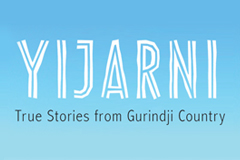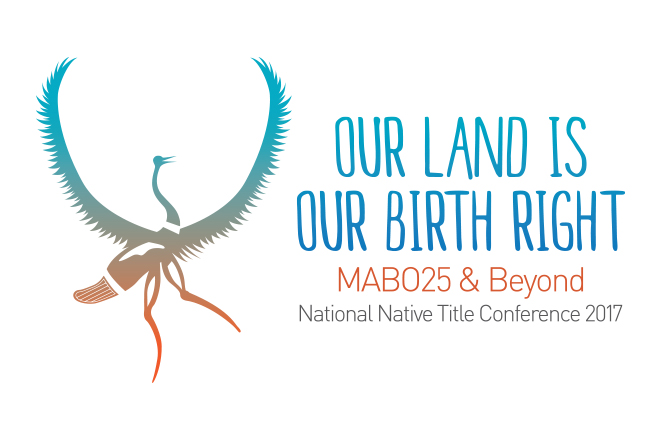Place is central to your research into your Aboriginal family’s history. Knowing where your ancestors lived helps you to locate records about them, but it also helps you understand what their lives were like. For example, you can track how they moved throughout their life – whether they stayed close to where they were born, or whether they moved long distances.
Contemporary maps, like a printed road map or Google Maps online, show things how they are today. They’re a good place to start to work out where exactly it was that your ancestors lived.
Historical maps show places as they were at some time in the past. If possible you should try to find one from the period you are researching.
Historical maps are particularly helpful if your ancestors lived on a rural property or a small or remote place that may not exist today. It can be hard to locate such places on contemporary maps, but if you know the general area you might be able to find them on a historical map. Historical maps can also help when the spelling of a place name has changed.
Geoscience Australia Place Names Search is a useful tool in locating places around Australia.
Historical maps are held in many library collections around Australia. A growing number are digitised and available to view online, while others you will need to view in the library itself.
Maps of Aboriginal Australia
Maps that illustrate Indigenous language groups and tribal boundaries might also be helpful in your research. Some of these maps show Indigenous group boundaries as they existed when Europeans first colonised Australia. Other maps represent current distributions of language use.
- AIATSIS Aboriginal Australia map
- State Library of South Australia: Maps of Aboriginal Australia
- Western Australian Department of Aboriginal Affairs: Maps
Online guides to maps
National
- National Library of Australia: Australian maps for family historians
- Trove: Maps
- Noel Butlin Archives Centre: Maps
New South Wales
- State Library of NSW: Map collection
- NSW Land and Property Information: Parish and historical maps
Queensland
- State Library of Queensland: Maps
South Australia
- State Library of South Australia: Maps and geodata
Tasmania
- Tasmania: Town and property maps, plans and names in Guide to resources for Tasmanian genealogy by Malcolm Ward
Victoria
- State Library of Victoria: Maps for family history
- University of Melbourne: Map collections
Western Australia
- State Records Office of Western Australia: Maps online




